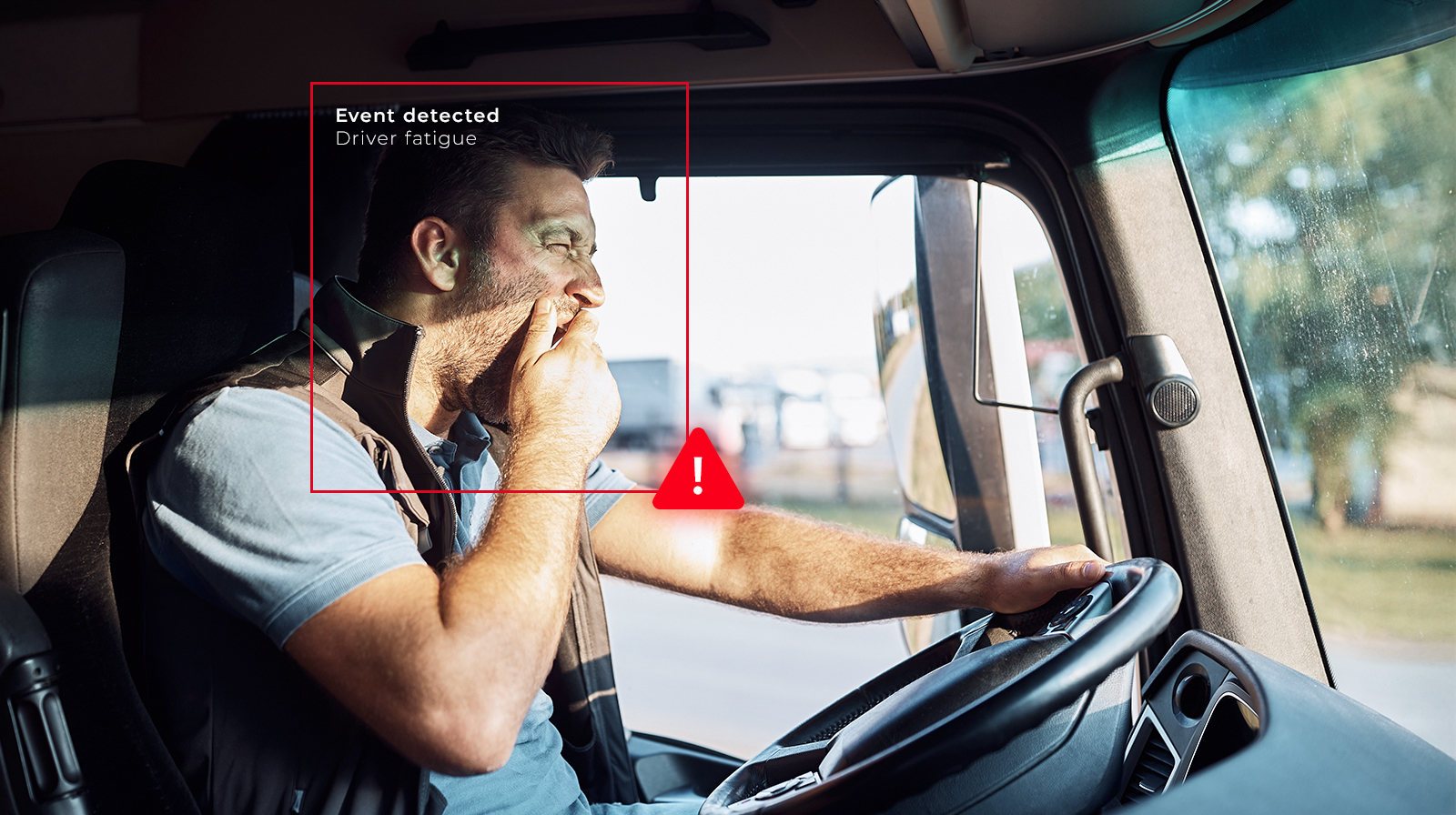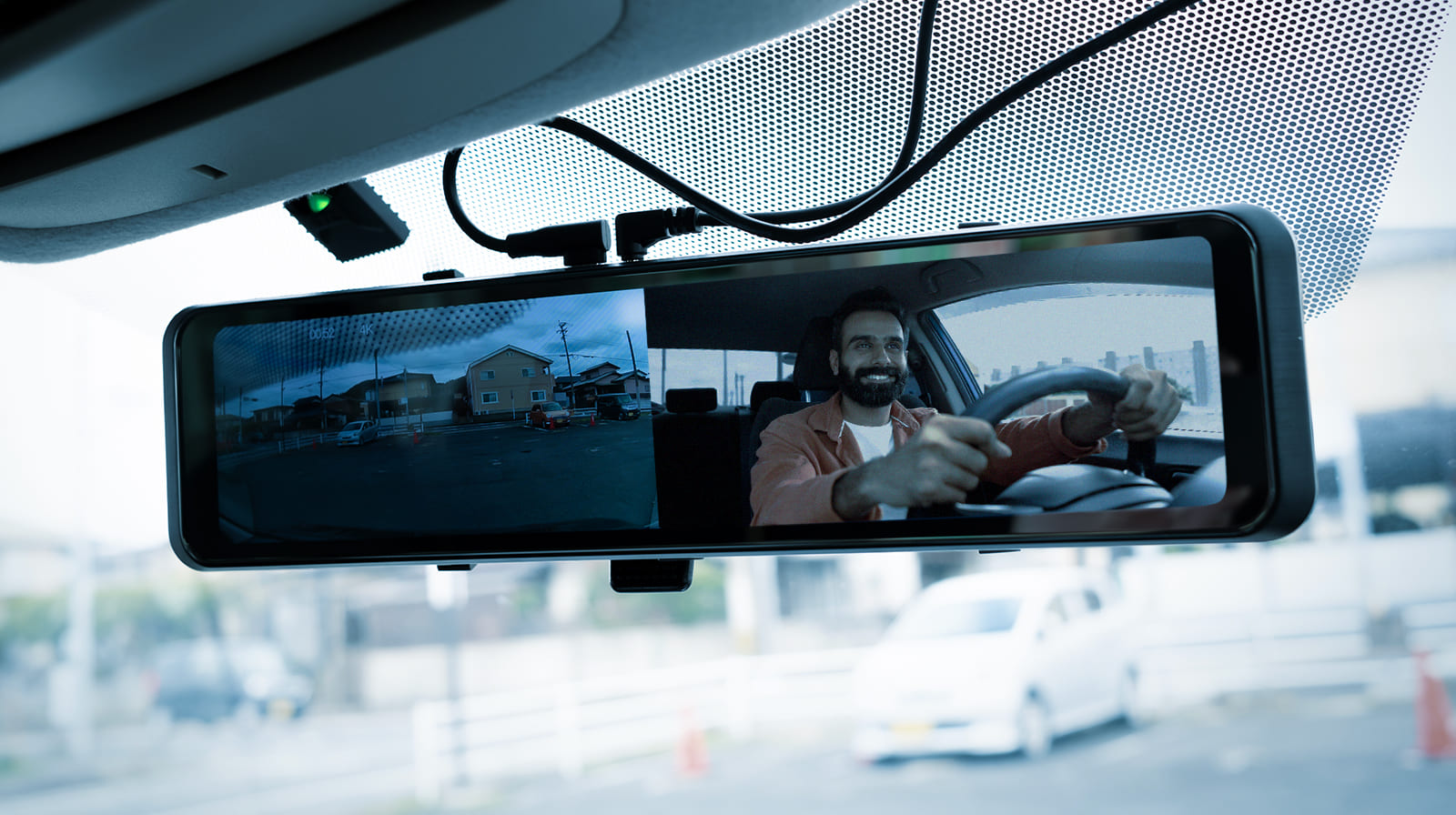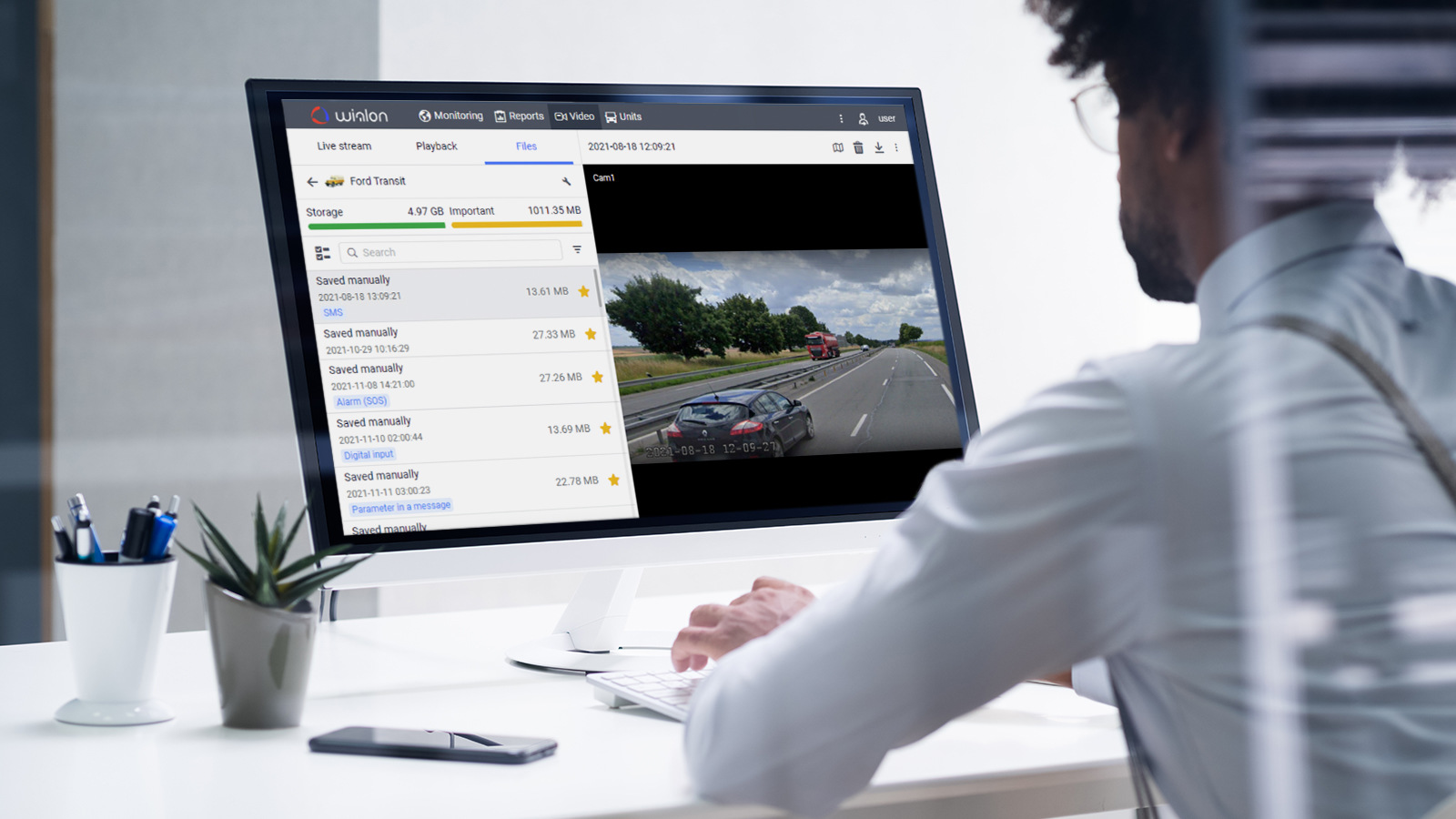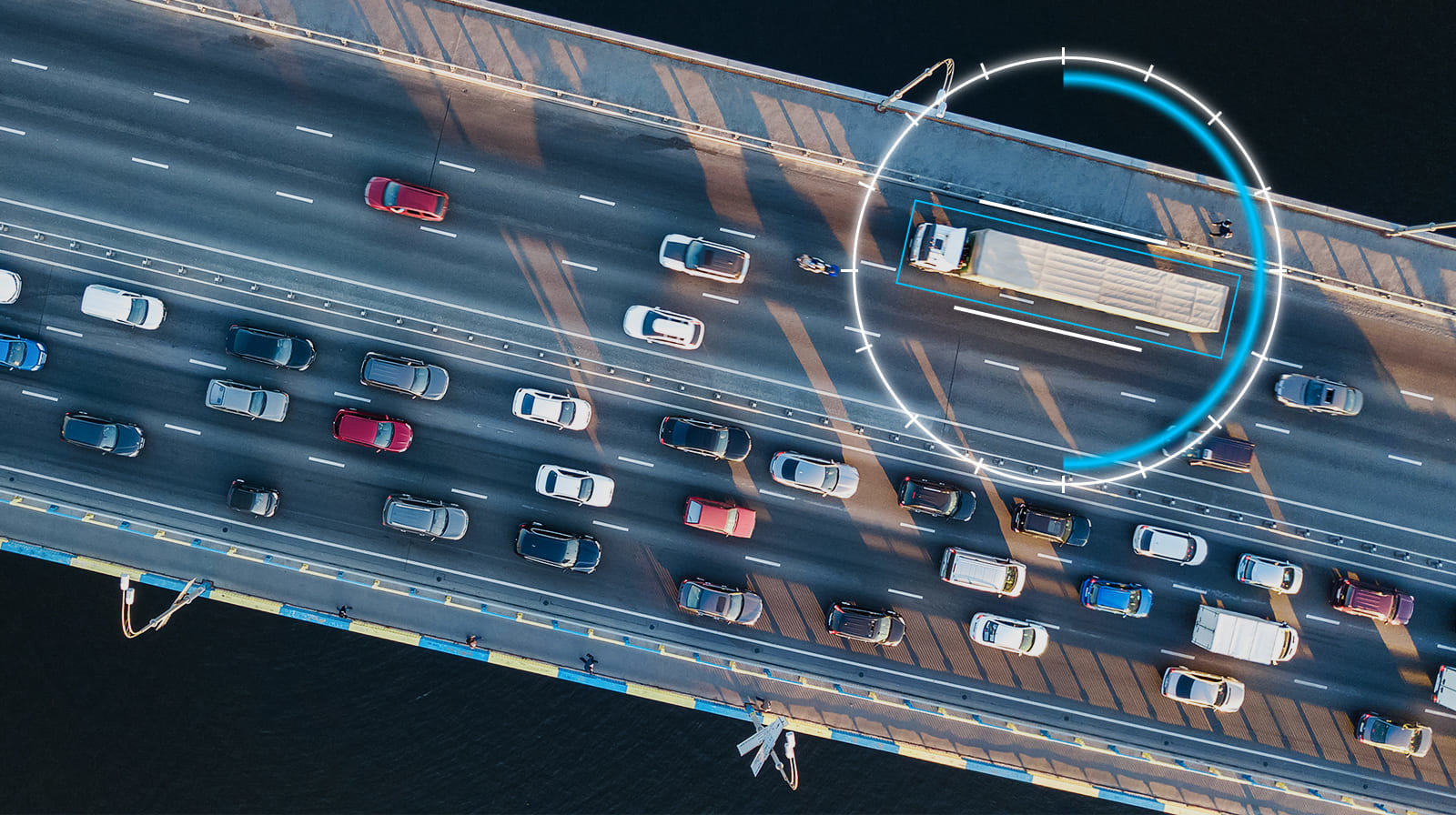Video telematics is transforming fleet management, providing real-time visibility, enhancing driver safety, and reducing operational costs. But how can fleet operators ensure they maximize the benefits of this technology?
From selecting the right dashcam to choosing the most compatible fleet tracking software, this guide will walk you through the essentials of video GPS tracking solutions. Learn how to leverage video telematics effectively for your business and stay ahead of the competition.
Contents:
- What is video telematics?
- Key benefits of video telematics
- Essential components of video telematics
- Choosing the right dashcam for your fleet
- Finding the best software for video GPS tracking
- Video telematics with MaliaTrack in action
- The future of video telematics
What is Video Telematics?
Video telematics integrates real-time video footage with traditional GPS tracking and telematics data. By combining location tracking, speed, trip history, and driver behavior analysis, fleet managers gain deeper insights into vehicle operations, leading to improved efficiency and safety.
This advanced technology is widely adopted across industries, including logistics, public transportation, construction, and delivery services, where safety, accountability, and operational visibility are crucial.
Market Growth
According to Precision Business Insights, the video telematics market was valued at $937.2 million in 2022 and is expected to grow at a compound annual growth rate (CAGR) of 18.8% through 2029. Several factors drive this growth:
- Fleet owners use video evidence to exonerate drivers in non-fault accidents, leading to faster insurance claims and cost savings.
- The rising demand for commercial vehicles and increased focus on road safety are fueling adoption.
- Advanced AI-powered solutions are making video telematics smarter and more accessible across industries.
If your fleet isn’t using video telematics yet, now is the time to explore how it can revolutionize your operations.

Key Benefits of Video Telematics
1. Reducing Accidents
The National Highway Traffic Safety Administration (NHTSA) reports that 94% of accidents are caused by driver error. Speeding, distractions, aggressive driving, and drowsiness are among the top contributors.
Video telematics helps mitigate these risks by continuously monitoring driver behavior. AI-powered systems can detect unsafe actions and issue real-time alerts, helping drivers correct their behavior instantly, preventing collisions before they happen.
2. Encouraging a Culture of Safe Driving
Implementing video telematics sends a strong message about an organization’s commitment to safety. Fleet operators can use recorded footage for training, helping drivers learn from past incidents and reinforcing best practices.
3. Enhancing Driver Satisfaction
Many fleets use video telematics to implement fair and transparent driver evaluation programs. Performance scorecards and incentive programs reward safe driving, increasing job satisfaction and motivation while reducing turnover rates.
4. Lowering Operational Costs
Safer driving means fewer fines, reduced vehicle wear and tear, and lower fuel consumption. Additionally, video evidence can protect businesses from fraudulent claims, legal disputes, and high insurance premiums.
5. Ensuring Regulatory Compliance
Fleet compliance with local transportation laws is essential. In North America, video telematics integrates with Electronic Logging Devices (ELDs) and Hours of Service (HOS) regulations, ensuring accurate log records. In Europe, video solutions help verify digital tachograph data, reducing the risk of non-compliance penalties.
6. Improving Customer Service
Real-time video monitoring ensures safer deliveries, better accountability, and enhanced customer satisfaction. It also helps logistics providers offer accurate ETAs and maintain higher service standards.

Essential Components of Video Telematics
A comprehensive video telematics system includes:
- Dash cameras: Capture road conditions and driver behavior
- MDVRs (Mobile Digital Video Recorders): Support multi-camera setups for larger fleets
- AI-driven analytics: Detects risky behaviors and provides automated alerts
- 4G connectivity: Enables high-quality real-time video streaming
- Fleet management software: Stores, analyzes, and presents video insights
Choosing the Right Dashcam for Your Fleet
Selecting the best dashcam depends on your fleet’s unique needs:
- Forward-facing dashcams: Ideal for monitoring road conditions
- Dual-facing cameras: Capture both road view and driver behavior for enhanced safety
- Live-streaming cameras: Enable real-time monitoring and instant incident response
- AI-enabled dashcams: Automatically detect risky driving behavior and issue alerts
Durability is also a key factor. Choose cameras that withstand extreme temperatures, vibrations, and dust to ensure reliability in all conditions.

Finding the Best Software for Video GPS Tracking
Not all fleet management software supports video integration. When selecting a platform, consider:
- Device compatibility: Ensure software works with your preferred dashcams
- Live-streaming capabilities: Look for real-time video playback options
- Data analytics and reporting: Choose software that transforms raw footage into actionable insights
MaliaTrack is a powerful fleet management platform with built-in video telematics tools. It supports live streaming, event-based video retrieval, and AI-powered analytics, helping fleet managers optimize safety and performance. Additionally, MaliaTrack integrates with hardware from leading manufacturers, ensuring flexibility and scalability.
Video Telematics with MaliaTrack in Action
Many businesses have already seen remarkable improvements in safety and efficiency by implementing video telematics with MaliaTrack. Here are some real-world success stories:
1. Fuel Transport Company: Reducing Costs and Improving Safety
A leading fuel supplier faced issues with uncontrolled driver behavior and unverified fines. By implementing MaliaTrack’s video telematics, they achieved:
- Zero accidents in six months
- 23% reduction in fuel costs due to optimized routing
- 60% decrease in speeding fines
2. Agricultural Fleet: Eliminating Fuel Theft
An agribusiness in Kazakhstan struggled with fuel theft and unauthorized vehicle use. MaliaTrack’s video solutions helped prevent theft, track vehicle movements, and optimize driver efficiency.
3. Transportation Company: Preventing Accidents in Real-Time
A North American transport company used AI-powered cameras to monitor driver behavior and prevent dangerous incidents. Alerts for overspeeding and distracted driving significantly reduced the number of accidents.
For more fleet management success stories, visit our case studies library.

The Future of Video Telematics
Artificial Intelligence (AI) and automation are revolutionizing video telematics. Future advancements will enable:
- Predictive risk analysis: AI will anticipate potential hazards before they happen
- Automated incident reporting: Smart algorithms will analyze footage and generate reports
- Advanced driver monitoring: AI-powered systems will assess driver fatigue, stress levels, and health conditions
- Integration with autonomous vehicles: Video telematics will play a crucial role in enhancing the safety of self-driving fleets
As technology evolves, video telematics will continue to enhance fleet safety, reduce costs, and improve operational efficiency. Stay ahead of the curve by integrating MaliaTrack’s video GPS tracking solutions today.

Get Started with MaliaTrack Video Telematics
Ready to take your fleet operations to the next level? Contact us to learn more about how MaliaTrack’s video telematics solutions can enhance safety, optimize costs, and streamline fleet management.